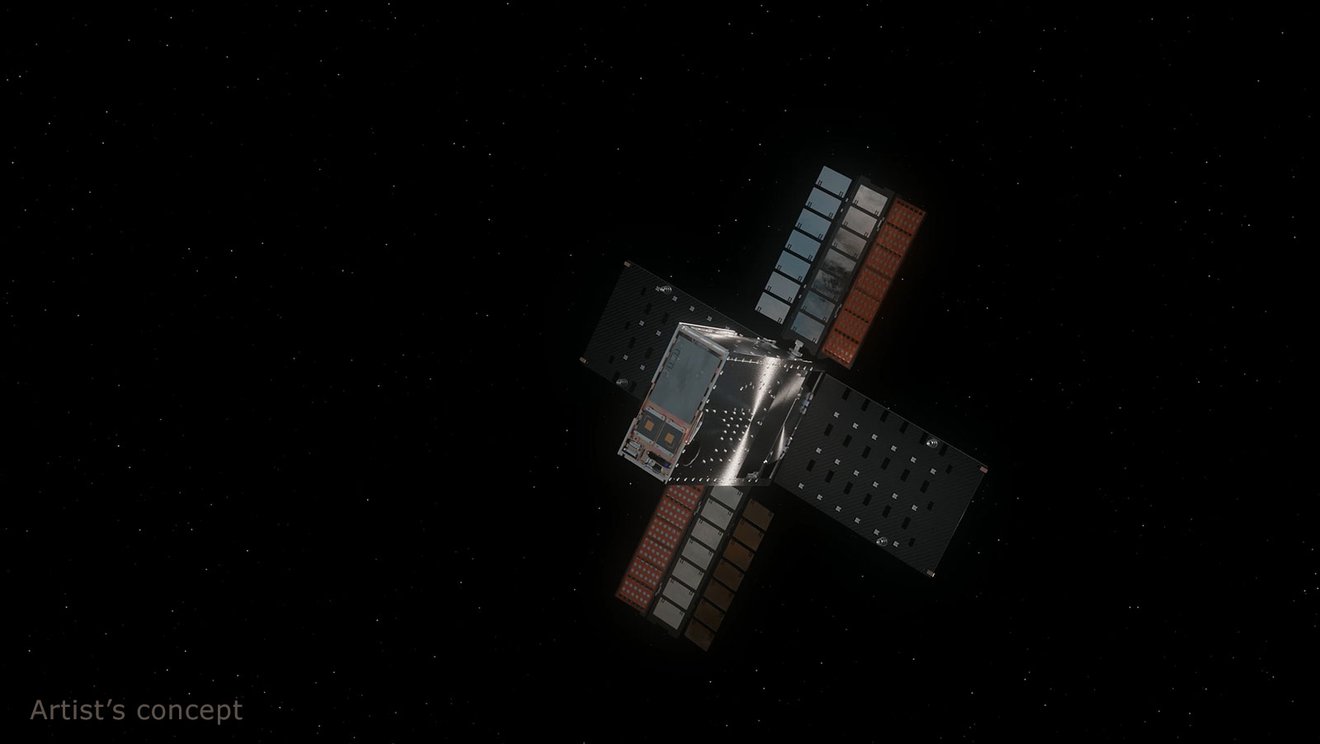NASA terminates Lunar Flashpoint mission - 'eco' engines fail to orbit the spacecraft to the moon

While the European Space Agency (ESA) has successfully solved the problem of the interplanetary station JUICE, which will explore the oceans on Jupiter's satellites, the US space agency has shut down a project to search for ice in the craters of the moon. The reason is a faulty propulsion system.
Here's What We Know
The National Aeronautics and Space Administration (NASA) has decided to phase out the Lunar Flashpoint mission. The purpose of the program was to search for ice in the craters at the South Pole of the Moon.
Compact satellite Lunar Flashpoint was launched into space on December 11 last year using a Falcon 9 rocket. The spacecraft failed to orbit the Moon, from where it could have explored the South Pole for ice. It was equipped with a laser to do so.
Experts believe the problem lies in the propulsion system. Lunar Flashpoint simply did not have enough thrusters to reach orbit. The cause is probably contaminated fuel lines. Space agency engineers suggest that three of the four fuel lines were contaminated by swarf, which prevented them from achieving the necessary thrust.
Lunar Flashpoint is not a success, but it's not a failure, either. Despite the failure to find ice, the spacecraft tested other instruments installed on board. For example, the IRIS radio system for space navigation and the non-toxic ASCENT propellant. The data obtained will help in the design of other missions.
Source: NASA